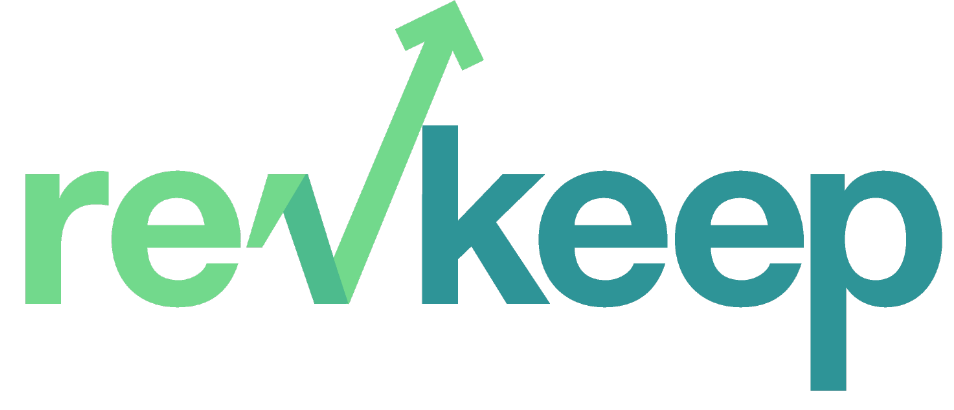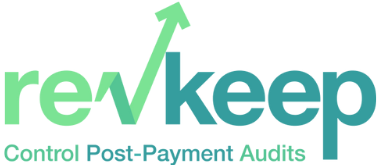Navigating the complex landscape of RAC audits demands a strategic approach and a deep understanding of the RAC audit process. As healthcare organizations strive to stay compliant and financially sound, mastering effective responses to RAC audits becomes paramount. In this blog post, we will delve into key topics surrounding RAC audits, providing valuable insights to empower Revenue Cycle Management (RCM) teams. Understanding the nuances of RAC audits and the payor audit landscape is essential for ensuring a smooth and successful response process.
The Significance of RAC Audits:
RAC audits, or Recovery Audit Contractor audits, play a crucial role in the healthcare industry. These audits are conducted by third-party contractors to identify and recover overpayments and underpayments in Medicare and Medicaid claims. The audits aim to improve the accuracy of claim payments, prevent fraud, and ensure compliance with healthcare regulations.
Decoding the RAC Audit Process:
To effectively respond to RAC audits, it’s imperative to understand the audit process. RAC audits typically involve a review of medical records and claims data to identify potential billing errors. The process includes claim validation, medical necessity reviews, and coding audits. Healthcare providers must be well-versed in the intricacies of these stages to prepare comprehensive responses.
Key Components of the RAC Audit Process:
The RAC audit process comprises several key components, including prepayment and post-payment reviews. Prepayment reviews involve the examination of claims before payment, while post-payment reviews occur after payment has been made. Understanding the specific criteria and documentation requirements for each stage is essential for a proactive response strategy.
Payor Audits: A Broader Perspective:
In addition to RAC audits, healthcare providers may also face audits from various payors, including private insurance companies. These payor audits share similarities with RAC audits but may have distinct nuances based on the specific requirements of each insurance provider. Developing a comprehensive understanding of payor audit processes is crucial for a well-rounded audit response strategy.
Structuring Effective Responses:
Responding to RAC audits requires a systematic and well-organized approach. Healthcare providers should establish clear communication channels within their RCM teams, ensuring that relevant stakeholders are involved in the response process. Additionally, documentation accuracy and completeness are paramount to successfully challenging audit findings.
Mitigating Risks through Compliance:
Maintaining compliance with healthcare regulations is a proactive measure to mitigate the risk of RAC audits. Regular internal audits and continuous staff training on coding and billing guidelines contribute to a culture of compliance within healthcare organizations. By staying ahead of regulatory changes, providers can reduce the likelihood of audit triggers.
Streamlining RAC Audits with RevKeep:
As RAC audits become increasingly intricate, having the right tools to streamline the response process is crucial. RevKeep, a cutting-edge software solution, empowers RCM teams to navigate RAC and private payor audits with ease. Its user-friendly interface simplifies the complexities of audit responses, allowing teams to win more audits efficiently.
RevKeep’s Features for RAC Audit Success:
RevKeep offers a range of features designed to enhance RAC audit responses. From automated documentation management to real-time collaboration tools, RevKeep ensures that RCM teams have the resources they need to succeed. The software’s intuitive design minimizes the learning curve, making it accessible for healthcare professionals at all levels.
Key Benefits of RevKeep:
RevKeep not only streamlines RAC audits but also provides key benefits such as improved efficiency, reduced response time, and increased audit success rates. The software’s analytics capabilities offer valuable insights for ongoing process improvement, creating a continuous cycle of audit readiness.
Conclusion:
In conclusion, staying ahead in the ever-evolving landscape of RAC audits requires a combination of knowledge, strategy, and the right tools. This blog has provided insights into the intricacies of RAC audits, the importance of understanding the audit process, and the broader perspective of payor audits. By optimizing meta titles and descriptions, structuring effective responses, and embracing tools like RevKeep, healthcare providers can enhance their capabilities and emerge successful in the face of RAC audits.
Elevate Your RAC Audit Responses with RevKeep:
RevKeep is the solution to simplifying RAC audits and achieving success in payor audits. Empower your RCM team with RevKeep’s innovative features and take the next step towards winning more audits. Streamline your response process, ensure compliance, and elevate your overall efficiency with RevKeep’s easy-to-use software solution.


